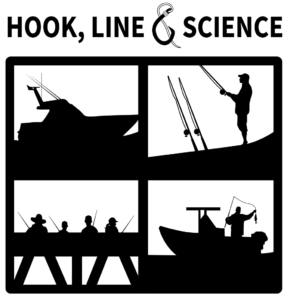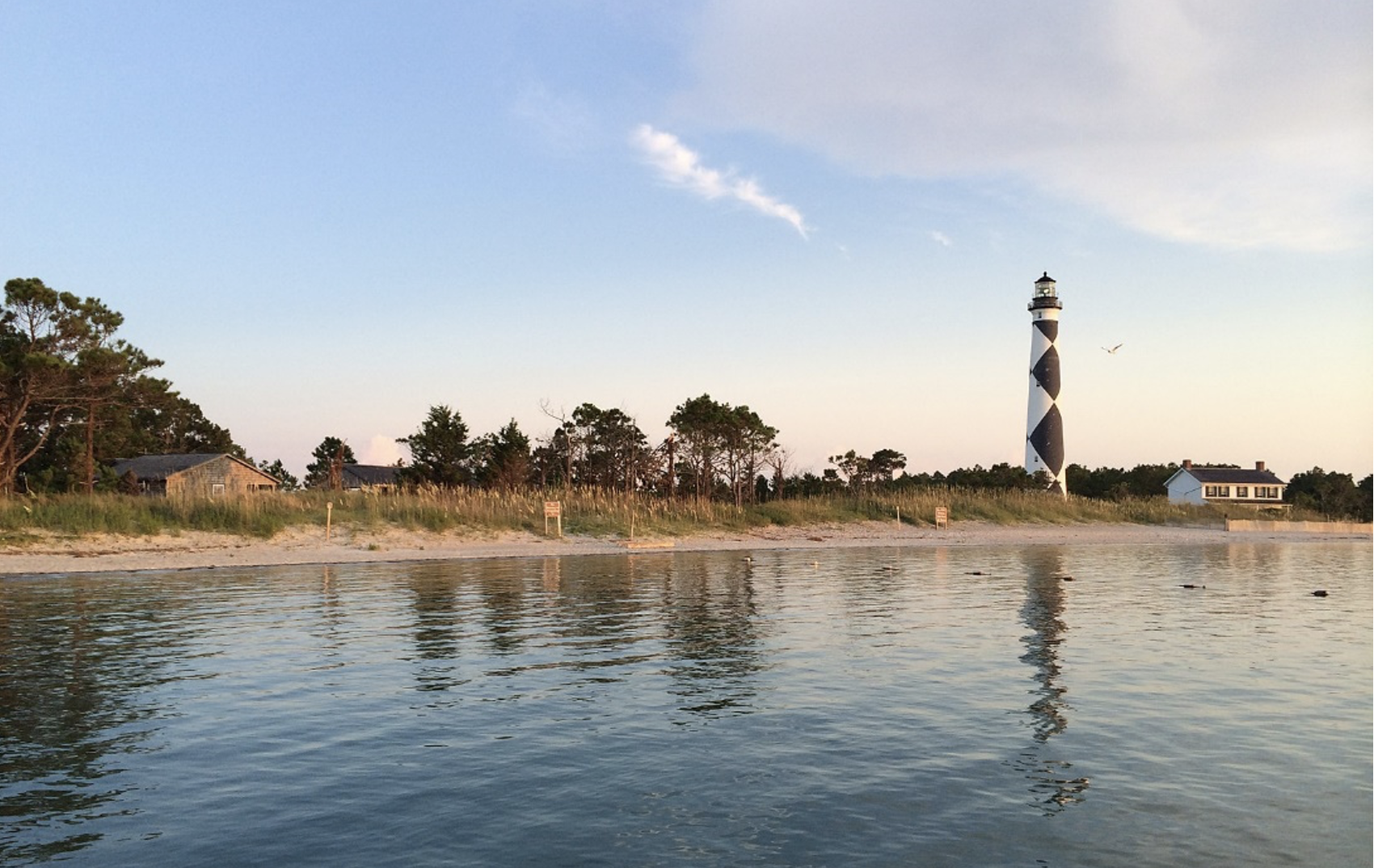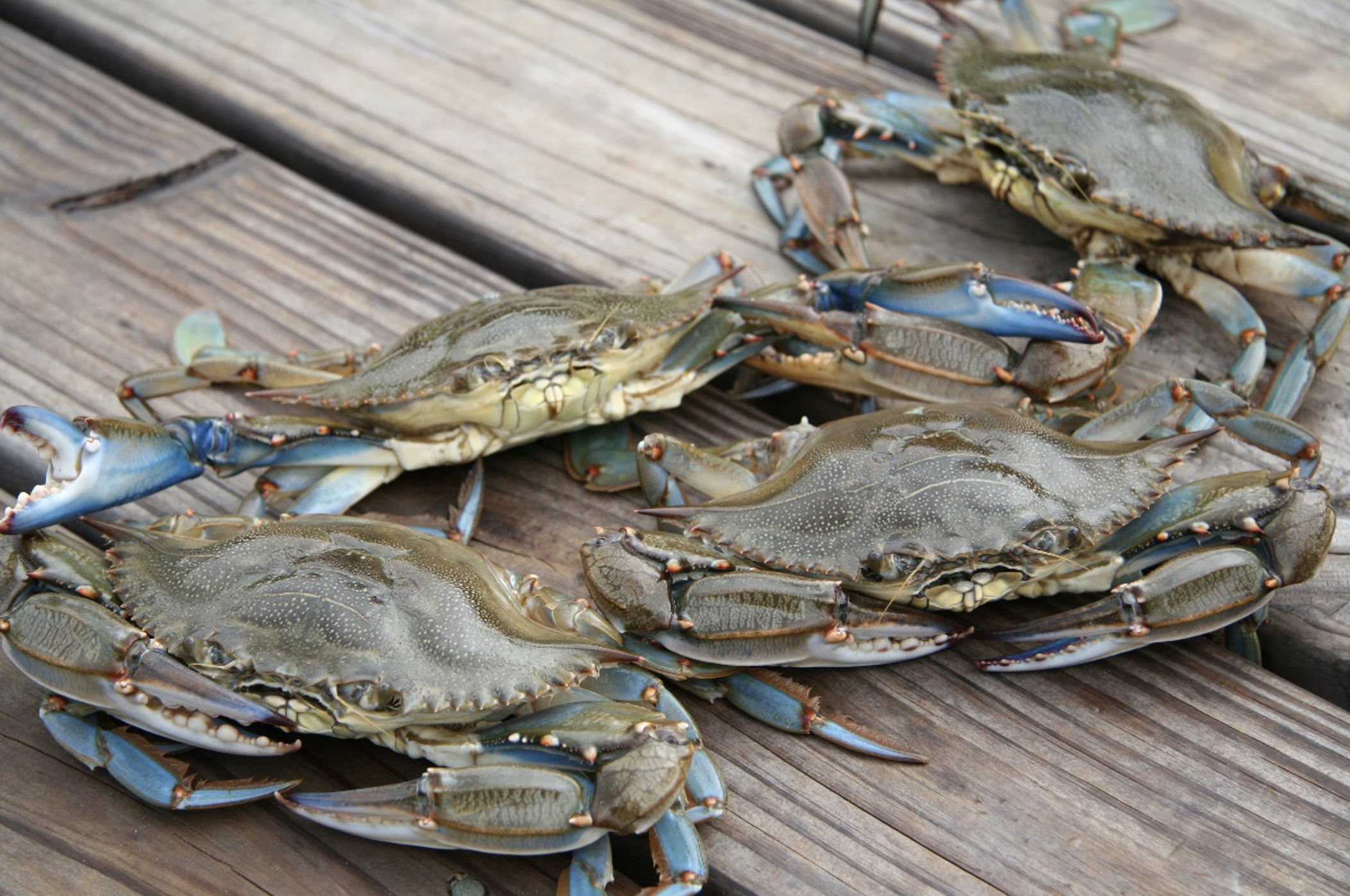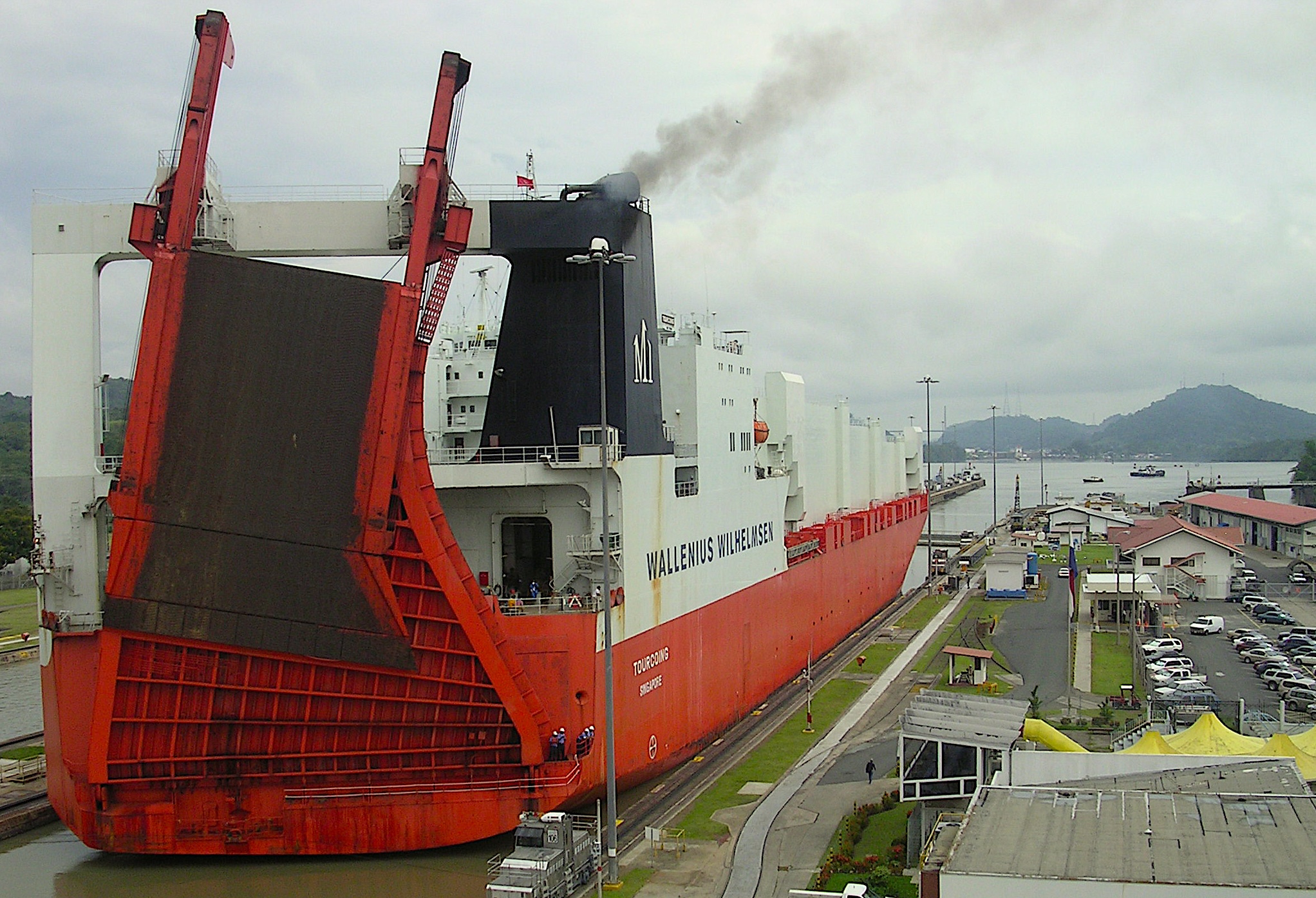A glimpse into a tourist-free environment reveals how everyday choices shape environmental health.
Research Need
Recreational and commercial fishers agree that healthy water quality is essential for sustaining healthy fisheries. Yet, pinpointing the specific threats to water quality can sometimes be challenging. Often, these threats are not immediately obvious.
One such overlooked threat is sunscreen pollution, which introduces harmful chemicals into coastal waters. These chemicals can have devasting effects on marine life like fish, sea turtles, and migratory birds. In fish, for instance, ingredients in sunscreens, like oxybenzone and octocrylene, cause DNA damage, developmental issues, and reduced reproductive health across generations.
In response, some areas have introduced legislation and policies to reduce sunscreen pollution from tourism. But is tourism the main culprit behind this pollution in coastal waters?
The COVID-19 lockdowns provided a rare chance to study the impact of tourism by nearly eliminating human activity. A research team used this opportunity to see if sunscreen pollution decreased in 2020 and how severely it returned as tourism resumed.
What did they study?
The study focused on two key U.S. coastal national parks — Cape Lookout National Seashore in North Carolina and Kaloko-Honokōhau National Historical Park in Hawaiʻi — which both face significant concerns about the effects of mass tourism.
Researchers collected sand and water samples in May 2020 and August 2021 from each national park to analyze contaminant levels during and after the pandemic lockdowns. They tested the samples for active ingredients in sunscreen products, including: oxybenzone, octinoxate, octocrylene, octisalate, and homosalate, as well as relevant products that occur when they break down.
The research team then conducted risk assessments for oxybenzone and octocrylene to evaluate the threat these chemicals pose to coastal ecosystems.
What did they find?
Both national parks experienced a significant decrease in sunscreen pollution during the pandemic lockdowns. Sand samples at Cape Lookout showed no measurable levels of sunscreen chemicals, except for one sample containing a relatively low concentration of 10 nanograms of octinoxate per gram of sand. At Kaloko-Honokōhau NHP, only octocrylene was detected, with an average concentration of 57 nanograms per gram of sand across all five beach sites. This is significantly lower than the 2021 average of over 27,000 nanograms per gram of sand.
As tourism recovered, there was a sudden and drastic increase in sunscreen pollution. By 2021, Cape Lookout sand had measurable levels of 6 out of 7 tested chemicals, while Kaloko-Honokōhau NHP sand had 5 out of 7.
Risk assessments revealed that octocrylene levels in both sand and water samples from 2021 pose a severe threat to wildlife at both national park sites. The same applied to oxybenzone levels at Cape Lookout, but no measurable concentrations of oxybenzone were found in samples from Kaloko-Honokōhau NHP in 2021. This is likely due to legislation banning the sale and distribution of sunscreen containing this chemical in Hawaiʻi starting in January 2021.
Anything else?
Both national parks support many marine organisms, including sea turtles. Kaloko-Honokōhau NHP is essential for juvenile green turtles, while Cape Lookout provides crucial nesting sites for several turtle species. Nevertheless, researchers observed that aerosol sunscreen sprays contribute significantly to pollution at both locations. Strong onshore winds can blow away up to 95% of the sunscreen, leading to environmental contamination. Swimming immediately after application worsens this issue.
So what?
The research team recommends limiting the use of aerosol sunscreen sprays and implementing educational campaigns and park-specific regulations in order to protect these important habitats while preserving the visitor experience.
Consumers can help by choosing sunscreen lotions over sprays to reduce pollution from overspray, especially in windy environments. Additionally, waiting the recommended 15 minutes after application before entering the water allows the sunscreen to properly bind to the skin. This not only maximizes UV protection but also minimizes environmental contamination.
Reading
Downs, C. A., Akerlof, K. L., Stien, D., Rodrigues, A. M. S., Diaz-Cruz, M. S., Quintana, G., & Fulton, D. (2024). Sunscreen pollution is abated during the COVID-19 “Anthropause” of 2020 in two U.S. National Parks: Cape Lookout National Seashore and Kaloko-Honokōhau National Historical Park. Journal of Sea Research, 200, 102510. https://doi.org/10.1016/j.seares.2024.102510
This project was funded by National Park Service, Grant/Award Number: P14PC00630/140P2119F0193; Cooperative Agreement, Grant/Award Number: P20AC00961/P17AC00691.
BY MADELINE PAYNE
Lead photo by Seb7157 | CC BY-SA 4.0
The text from Hook, Line & Science is available to reprint and republish at no cost, but only in its entirety and with this attribution: Hook, Line & Science, courtesy of Scott Baker and Sara Mirabilio, North Carolina Sea Grant.

- Categories:




